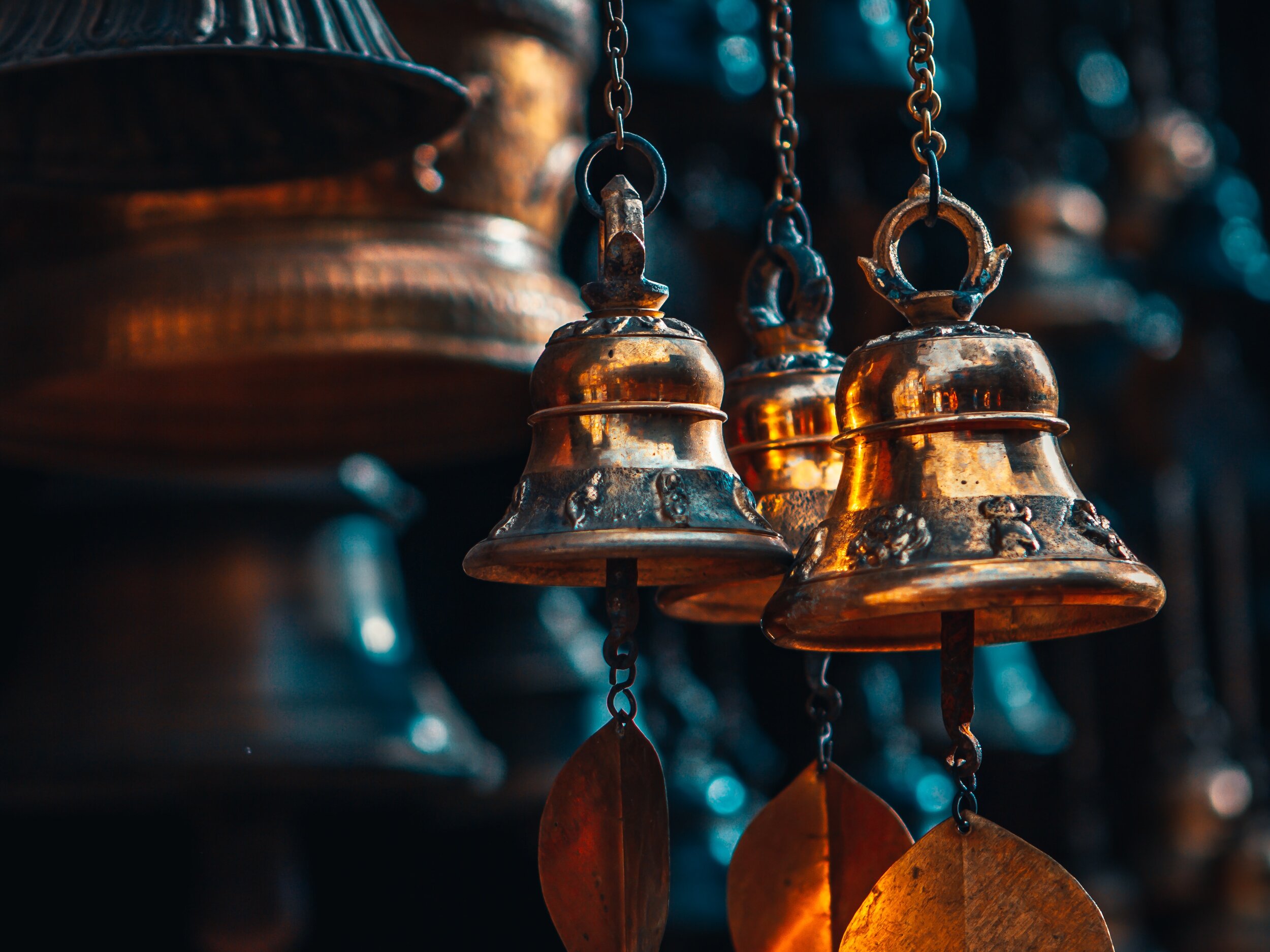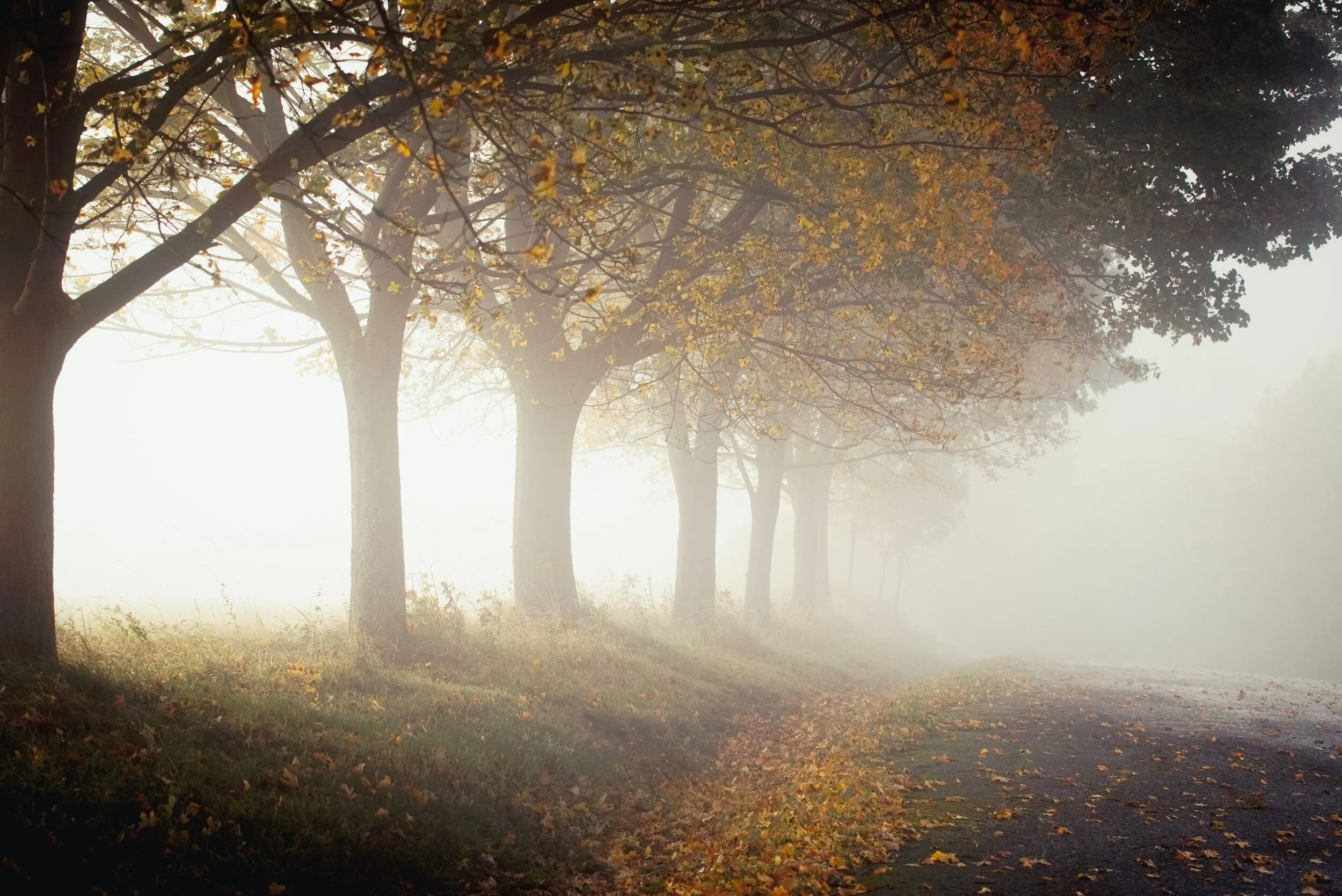Who doesn’t love a snowy winter? The excitement fills the air as people rush outside. The buildings and trees become coated white fluff, turning the city into a living postcard. However, not all creatures thrive in these conditions. During the cold months, due to the layer of snow, it becomes difficult for birds to find their feed. Plants become scarce and seeds are often blown away by the wind. This is when hanging feeders or seed blocks can be vital for their survival.
The Netherlands is home not only to native birds (That includes those brave parakeets which settled in Amsterdam in the 1970s). It also attracts millions of “winter visitors” from Russia and Scandinavia! That’s because the winter is much milder here. When there’s not much going on in the city, there are fewer food scraps on the streets. And that’s the base diet of many city birds. Top this off with intense snowfall, and the food sources for city birds become very limited.
The Struggle is Real
The common bird breeds include pigeons, seagulls, ducks, crows, geese, parakeets, moorhens and coots, herons and egrets… While the water birds appreciate some tossed bread, feeding the airborne types might be a matter of “life and death”. That’s because the water breeds either feast on freshwater larvae, or dive for vegetation, small fish and mussels under the water. These fellas are well off, if only life on the land would be as easy.
So, how can you help?
Provide shelter. This can be a typical birdhouse (a roosting box) or just a natural plant cover. They create a snug asylum against harsh weather and predators. There is a multum of bird houses available in online stores, or… as usual, we encourage you to make one yourself. If you’re up for the challenge, be sure to watch the video below. So satisfying to DIY!
Depending on which kind of birds you want to attract, consider the hole diameter. After all, you want your feathered guests to actually squeeze inside. We have noticed that if the entrance is too small, birds need to put a lot of work (simultaneously making a racket) into enlarging it. So make sure it’s between 28 – 32mm. Remember, that a garden or balcony arranged with plants is much more appealing to birds than an empty one. Go green!
It is important to keep cats and birds separated from each other. So, make sure you place the birdhouse away from furry predators (aka your pet).
Install a feeder. Once again, Google is our best friend and you can order one online with the click of your mouse. There are so many kinds. Tray, hopper, window, nyjer, suet or tube feeders just to name a few. Some of them require placing the seeds on a tray, and others hold seeds in a cage or a net enabling birds to clasp on and peck out their meal.
Important: keep the feeders either very close to windows or distanced away to avoid collisions of the birds with the glass. Ouch! Keep them away from hungry cats. Placing them in a sunny and quiet spot also helps (meaning away from the garage, etc.).
We realize that many of our readers live in apartments. So, for those of you owning a balcony, we can recommend balcony rail feeders, window feeders with suction cups, and trays. Or… get manual with your kids (or just on your own) and DIY. See below for inspiration:
What’s on the menu?
Give them some high calorie feed. During the winter time, it’s important to give birds an extra energy boost. Our feathery friends enjoy:
Black oil sunflower seed.
Hulled peanuts or peanut hearts.
Nyjer (thistle) seed.
Suet mixes with seeds or fruit.
Peanut butter.
White millet seed.
Another great inspiration we found online:
Water
Birds drink as well! Birds not only love water to bathe in during warm seasons. When the temperatures drop below zero, most water sources freeze and birds like to stay hydrated. Just like any other animal. It’s rare that birds will submerge themselves when it’s cold (in contrast to some ice-swimmers we know), but they will happily drink if you place a few stones inside the basin, or place some sticks to perch on.
You can use any container for a birdbath, preferably a heavier one so it will resist the strong Dutch winds. Place it in a sunny spot to prevent it from freezing over. Or, place a small light bulb in a terracotta pot and put the basin on top.
That covers the basics you need to know to ensure our birds an easy winter. Nowadays, there are fewer people eating out, and these poor creatures are desperately scavenging for food. Throw some bits of bread out in your garden or at the park next time you take a walk. Or, set up some little feeding and water sources near your home to attract the smaller breeds. Such a beautiful view to have from your window.
- Written by Michelle Prygiel

































